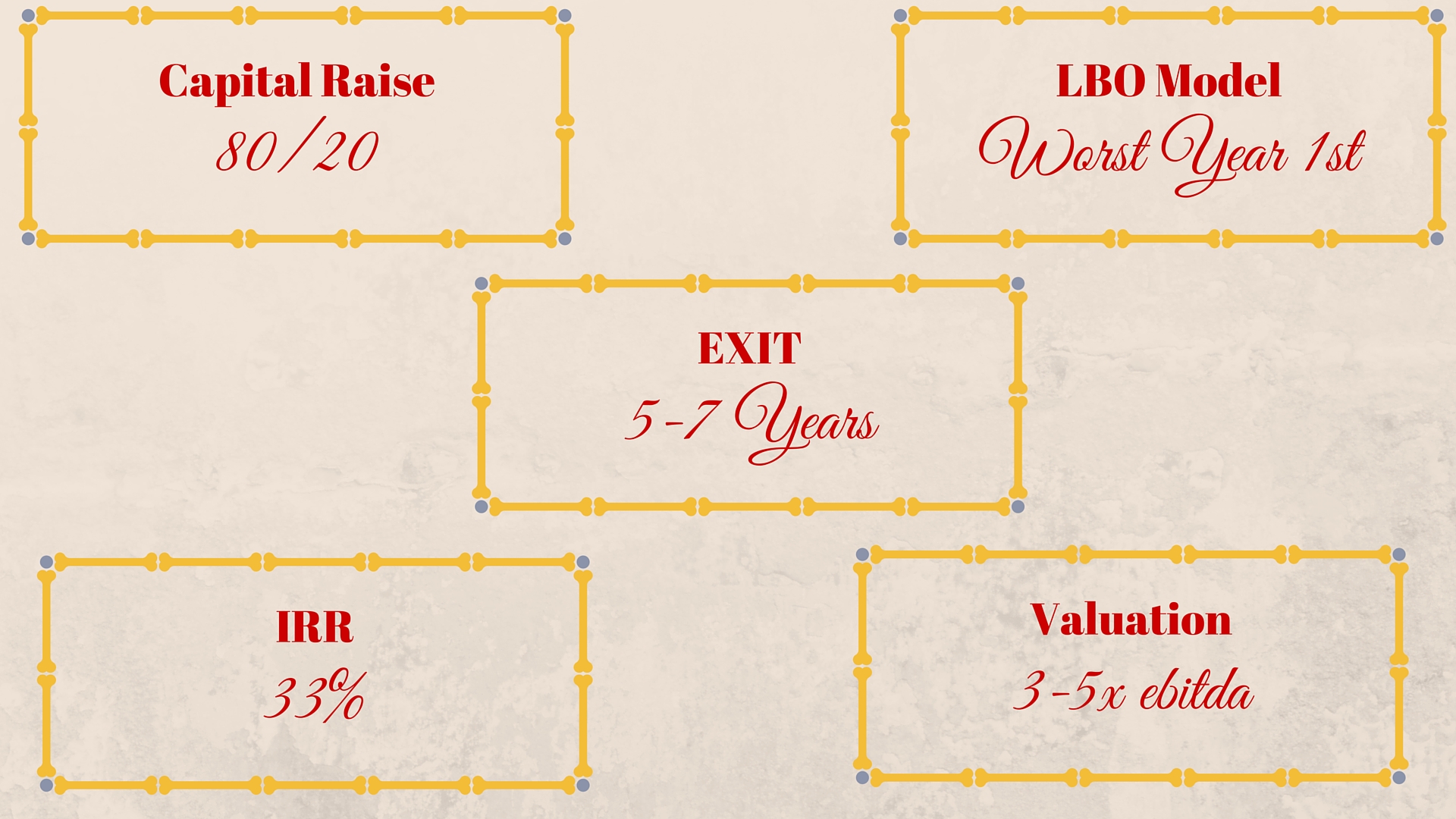One of my subscribers has asked a couple of questions. Subscriber questions are rife with great ideas to write about so I will summarize it since everyone should hear it.
The questions were twofold 1).how likely is it that the assets of a business are sufficient for a bank to provide a loan for 50%+ of the negotiated price. 2) How can I start the process with the banks before I identify an acquisition target?
#1: The short answer to this is that it is only as likely as your ability to find a company with the right asset base. The long answer is thus: Banks are going to lend 70-80% of eligible receivables, 25%-50% of eligible inventory, 50-70% against appraised value of real estate 50-60% of appraised value of equipment. You can do the math and estimate how much a bank will lend against the asset base of your target. You must always be conservative with these numbers because a good chunk of the assets will usually be ineligible to lend against for various reasons. You can estimate your purchase price from doing a quick valuation and figuring what you are willing to pay.
In all likelihood you will encounter all too many deals that do not have a strong asset base and cannot support 50% of the price. A weak asset base can mean that the company has few investment dollars retained in the company needed for generating income. For example retail stores generally do not have much in the way of accounts receivable and thus usually have an inadequate asset base. Any company with heavy credit card sales may not be suitable for a conventional leveraged buyout. These companies often have to be eliminated as targets unless you are willing to fork up a big down payment. The desirable deal will have a strong mix of A/R, Inv and PPE, hopefully concentrated on A/R.
#2: There are two schools of thought here and I have engaged in both of them. The first is to “take a banker to lunch”. Bankers, specifically loan officers, are fascinating people. They often get paid to do next to nothing because there are no loans to make. Their tight lending criteria can put them out of any competitive loan markets and they can sit around for years not making loans. However, they are a wealth of information. They can provide, free of charge, contacts, referrals, other lending sources, accountants, lawyers, deals from their own bank, deals from other sources and all sorts of local gossip. Never hesitate to get together with a banker (or other lenders) for coffee or lunch. You will be glad you did. They love to meet and greet and they have unlimited budgets for buying people lunch. Sometimes it’s just a matter of walking into your local bank and finding out who all the loan players are for you to contact. And for other less obvious lenders you can easily find contacts on the web site. That sometimes is a little more tricky because non-mainstream lenders are not always as approachable. For those “private” lenders it may just take a visit to their headquarters in order for the loan people to get acquainted with you.
I will defer the second school of thought for now since it doesn’t exactly answer the question – so I will reveal it in my upcoming book.
But I want to add a couple more points to the first school of thought. When you visit the banker have a deal in hand. It may not be one of your hot prospects with a letter of intent signed but it will at least be a potential deal to get back some input with. It may just be a deal that you found along the way and were not interested in but you have some numbers and are somewhat familiar with the background. That way you can show the banker something so it won’t appear to be a complete waste of their time. You will also get a feel for how they look at a deal and how they would approach getting it approved in their committees. Always ask about their system for getting a loan approved.









